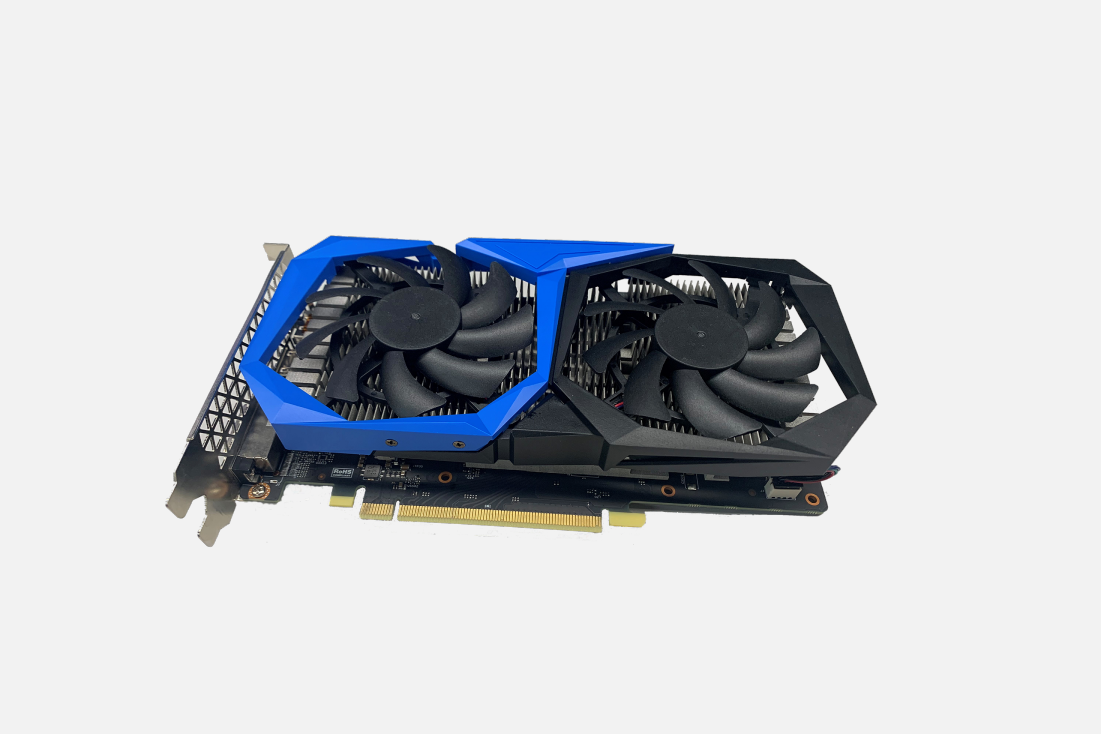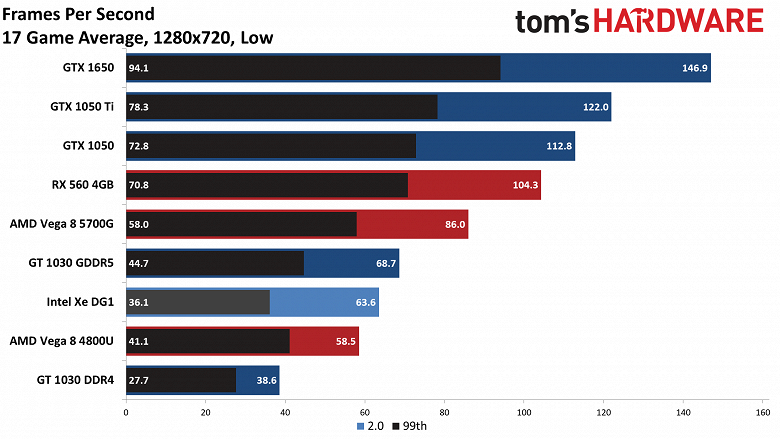
Which I have to say, I bought this refurbished Acer test laptop for $499 and have been coding on it with an ultra wide monitor and it's very snappy. So if anyone has these available, I'd really appreciate getting PE9DEMO tested with these graphics units, examples 400+, the 3D Scientific Chart examples, making sure nothing seems delayed and/or Microsoft Basic Rendering not doing the work.Īfter 2 days of brutal random behavior debugging, I worked around all Intel Iris Xe limitations and have projects running nicely on Iris Xe graphics.

However I'm nervous about Iris Xe Max, Iris Xe Pod, desktop Iris Xe Graphics, and Iris Plus, and any graphics really just to get more feedback. Update - Below is fix, and the gigasoft website now has PE9DEMO.EXE updated with this fix (17M simple self extracting signed exe, we call it the "canned demo"). Any additional info that may help me or others is appreciated. I am noticing a bunch for weird first chance c++ exception monza::ddithreadingcontext and they seem related to releasing SAFE_RELEASE(pAdapter) pd3dDevive, pd3dDeviceContext as part of the code that enumerates all the adapter capabilities. However I get another crash, with a valid Output and SwapChain, pSwapChain-Present returns OK but is hanging and TDR kicks in and removes the device but no error or debug layer strings that the device is removed.

If I only enumerate the HARDWARE type capabilites, I get passed this issue. First issue sort of resolved, is that enumerating HARDWARE and WARP capabilities seems to get stuck as if next time I try to create the real HARDWARE device, it returns 0 for the Output as if I was requesting Outputs for a WARP type. Our app enumerate the adapters, devices, outputs. I'm hoping someone has ideas on most common issues to work around dealing with new Intel Iris Xe Graphics. Direct3D implementation on i5-1135G7 2.4GHz 8GB Ram with Iris Xe.


 0 kommentar(er)
0 kommentar(er)
